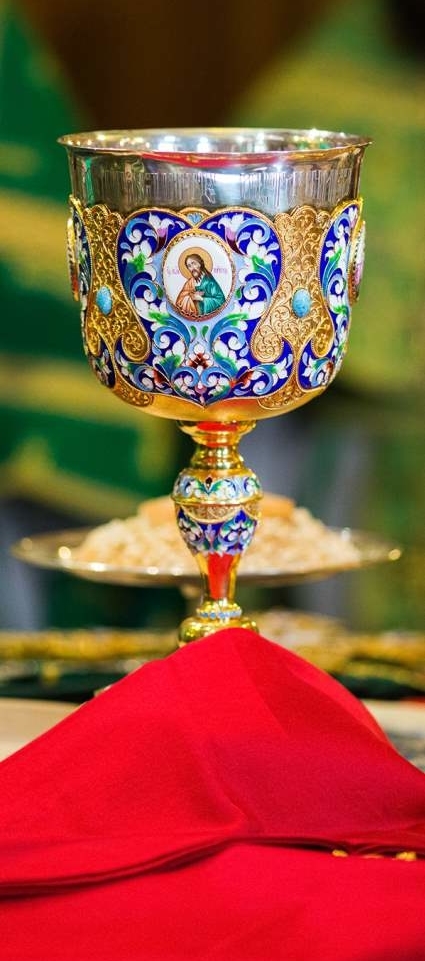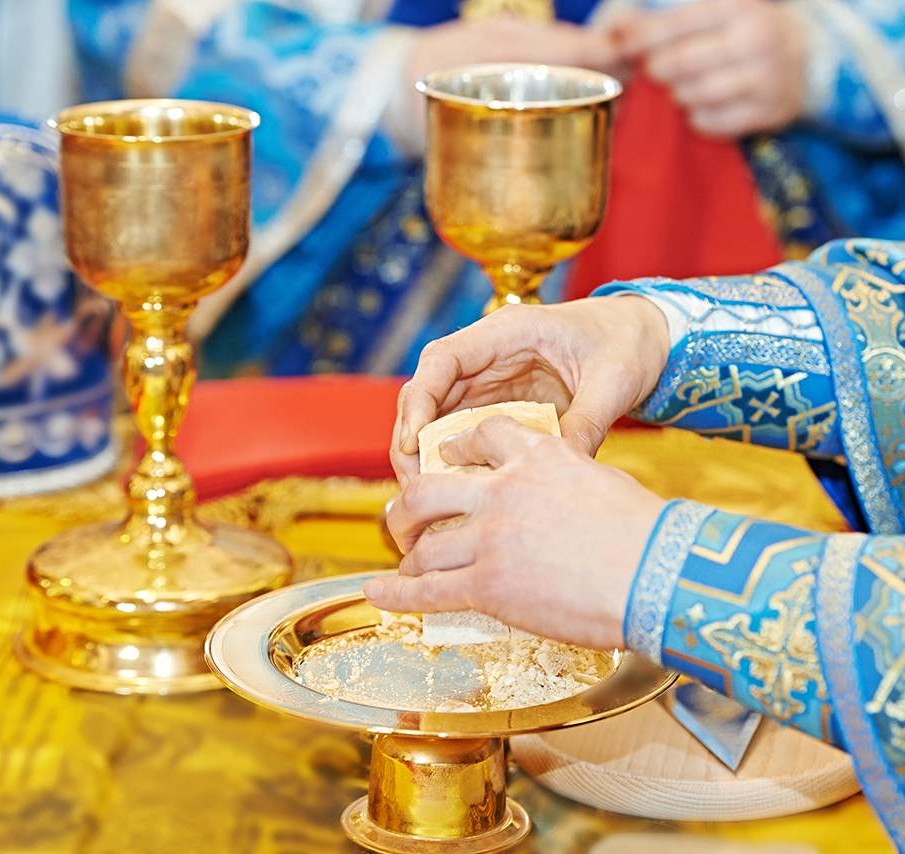“My son, be attentive to my words; incline your ear to my sayings. Let them not escape from your sight; keep them within your heart. For they are life to those who find them, and healing to all their flesh.”
Proverbs 4:20-22
The Divine Liturgy
The most important service in Orthodoxy is the Divine Liturgy, also known as the Holy Eucharist, and is performed every Sunday morning at Holy Trinity Greek Orthodox Cathedral. During this experience, worship is not only expressed in words, but also in hymns, gestures, processions, and scents. The Divine Liturgy involves all of the participants senses, feelings and intellect.
The congregation remains involved in the worship service by responding to petitions, making the sign of the Cross, bowing, saying ‘Amen’ and, most importantly, receiving Holy Communion. The preferred posture in the Orthodox Church is standing and many prayers are presented that way. The congregation may kneel during certain solemn moments, such as the Invocation of the Holy Spirit.
The Divine Liturgy is ritualistic with many unchanging elements that follow a specific order and framework. This preserves a continuity with the past and the worldwide Church. The whole Church is responsible for the regulating of the Divine Liturgy and other services. It is not left to the discretion of a particular priest or congregation. This serves to guard against error and preserve the true Faith.
At Holy Trinity, we celebrate the Divine Liturgy in two languages, Greek and English. There is no official liturgical language and is usually in the language of the congregation. Services are celebrated in more than twenty languages around the world, including Greek, Slavonic, Arabic, Albanian, Romanian, English, and Luganda.

The following is a diagram of the Divine Liturgy:
~ The Greek Orthodox Archdiocese of America website
Communion
As material food nourishes and sustains our physical bodies, so does the Holy Eucharist nourish and sustain our souls in sacramental union with God. Orthodox Christians (who have been baptized and chrismated into the faith) prepare themselves prayerfully and responsibly for the acceptance of Holy Communion. Then, after proper preparation Orthodox Christians may approach the Holy Chalice of the Lord reverently during the Divine Liturgy. This proper preparation includes fasting, confession and the prayers before we receive Holy Communion along with the Thanksgiving Prayers after we commune.
Orthodox faithful are encouraged to participate in the weekly Eucharist, including children whose early Christian upbringing in the church is critical to their overall spiritual formation as active and serious members of Christ’s Holy Body of believers. If a person is confined to bed and cannot attend the Divine Liturgy at church, call our priest and he will make arrangements to visit the person and offer him or her Holy Communion. Kindly call in advance to make arrangements, unless it is an emergency.



